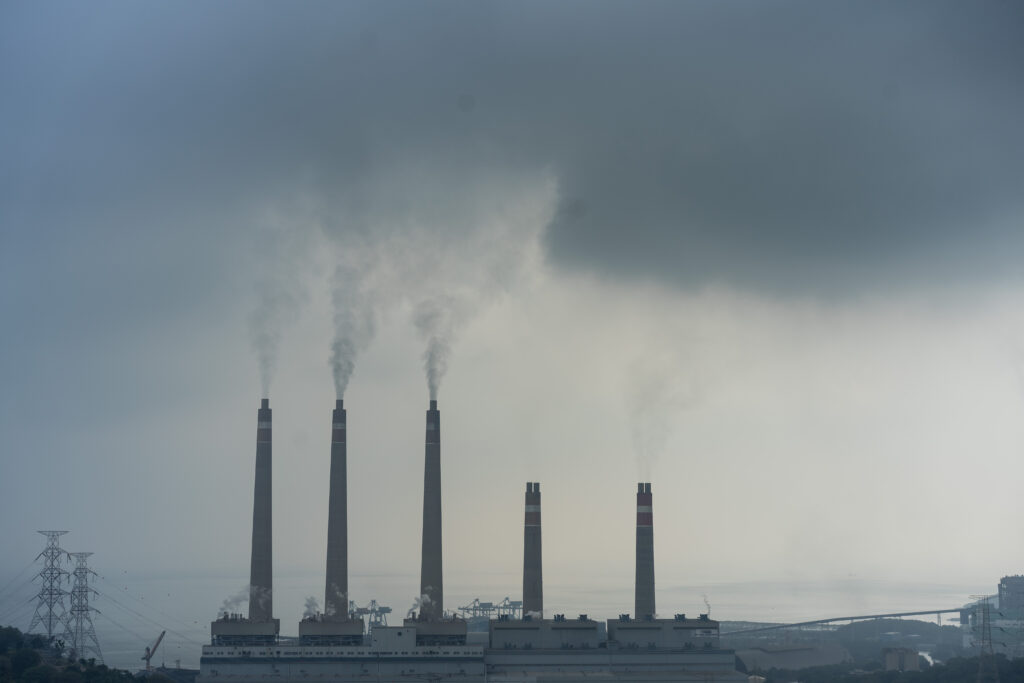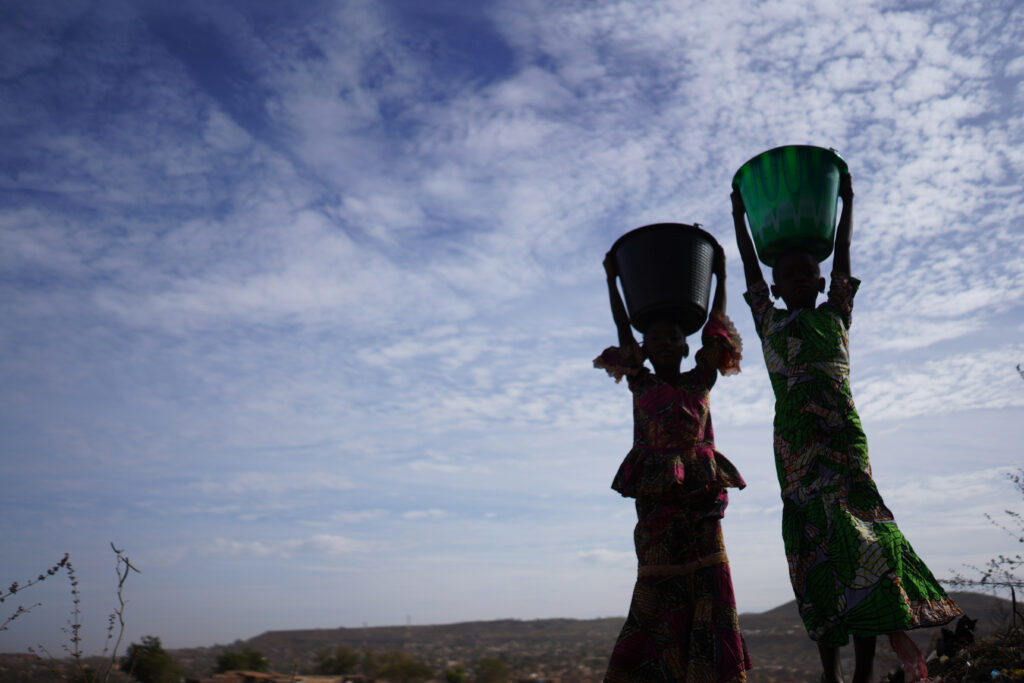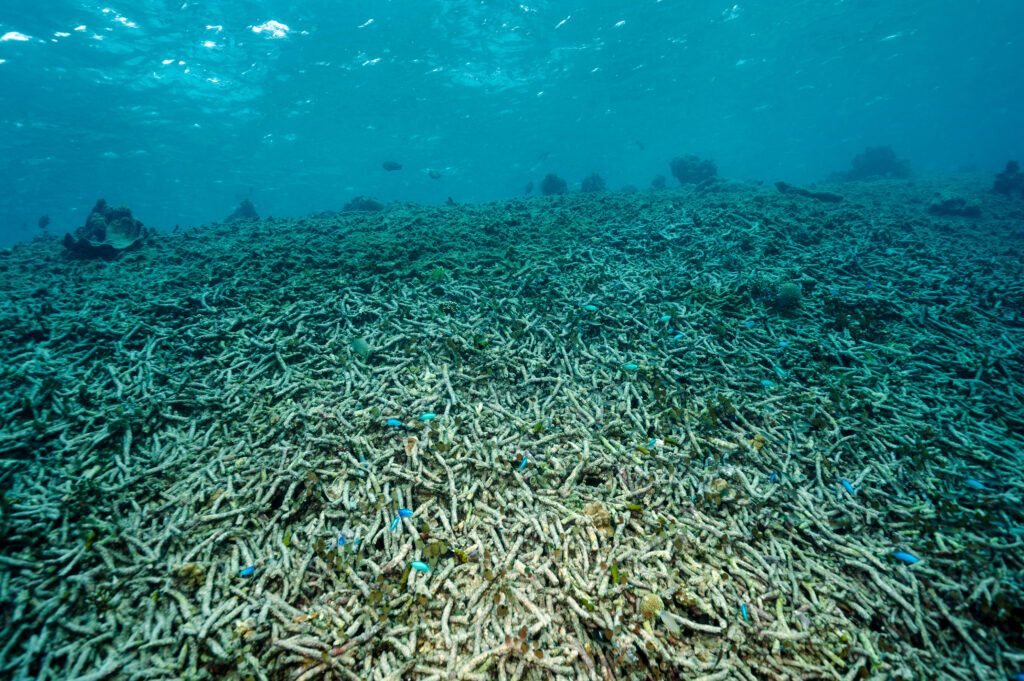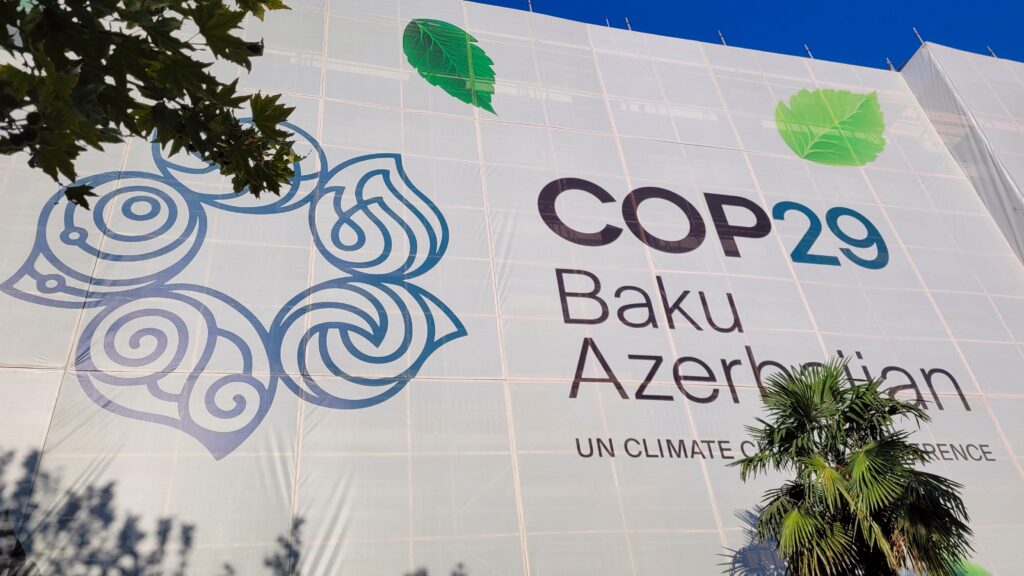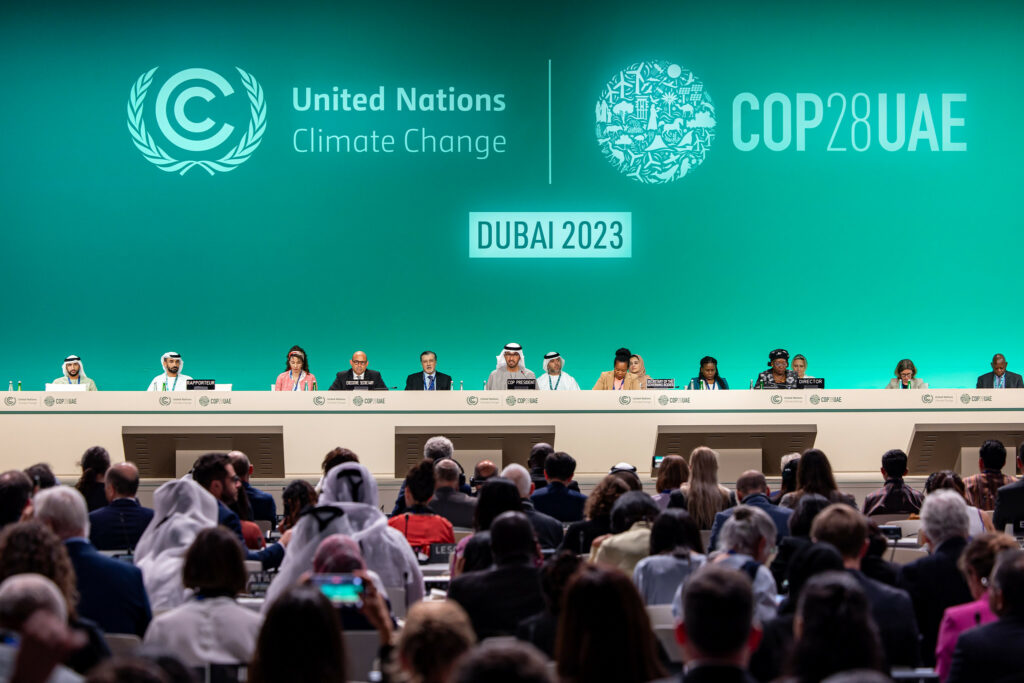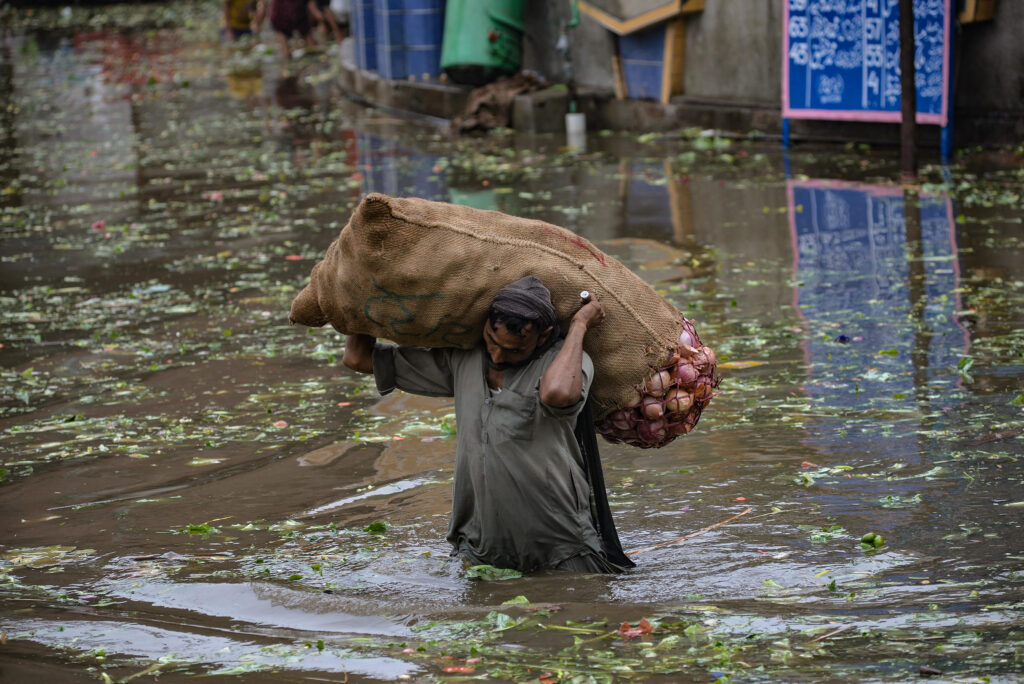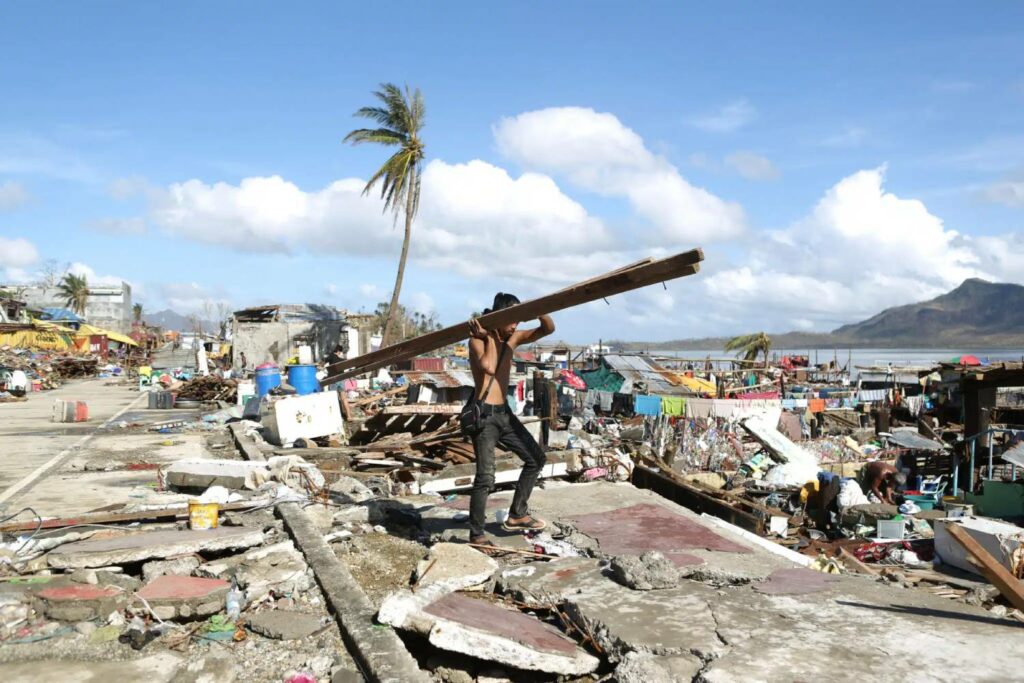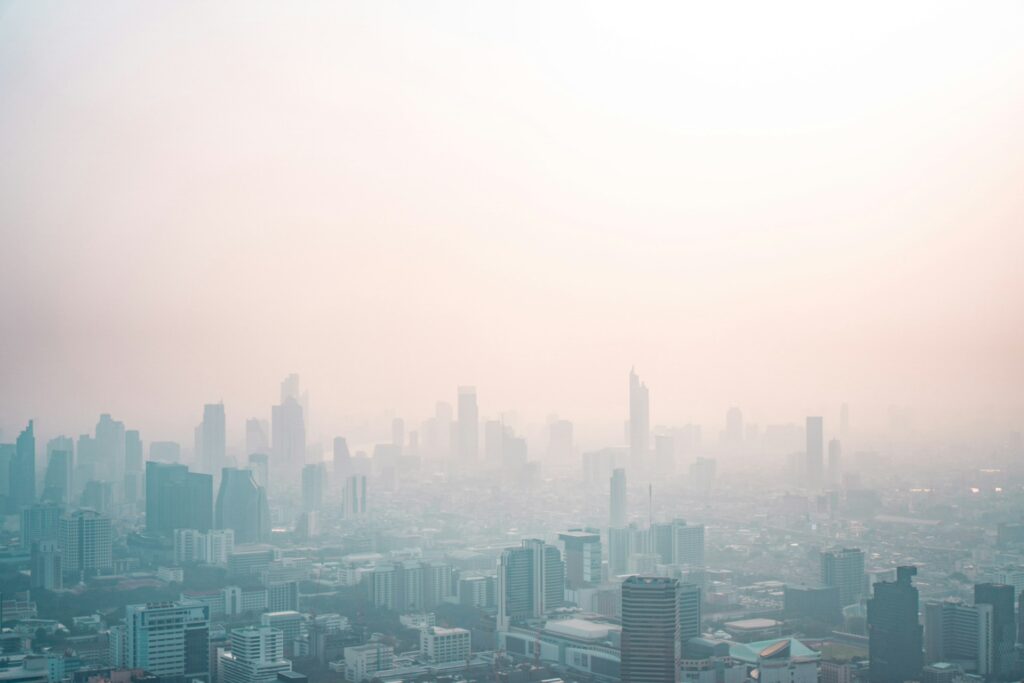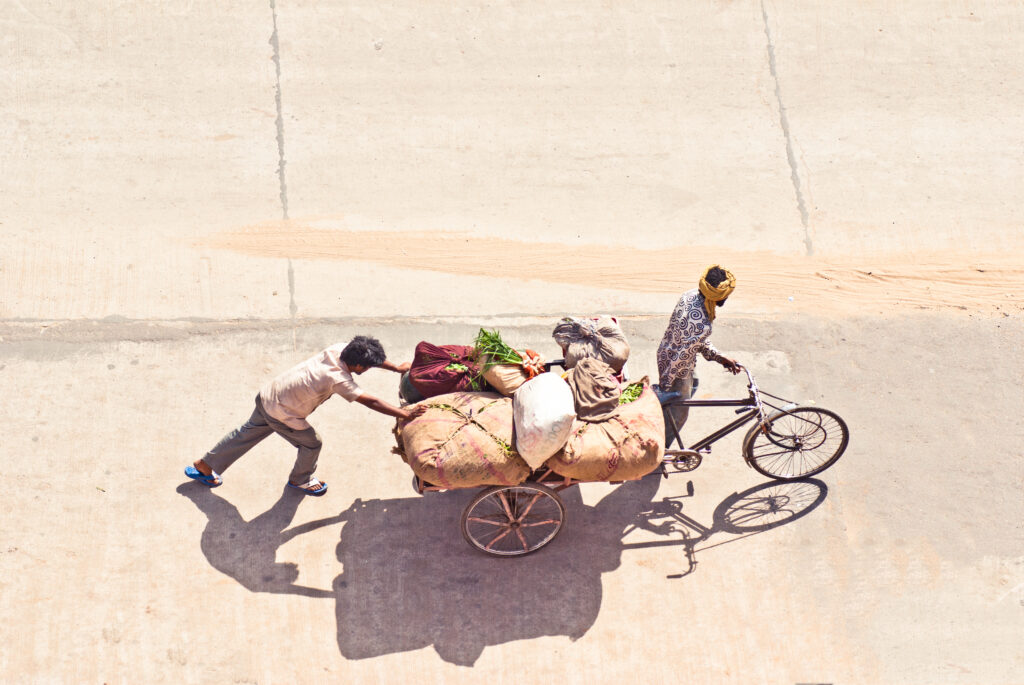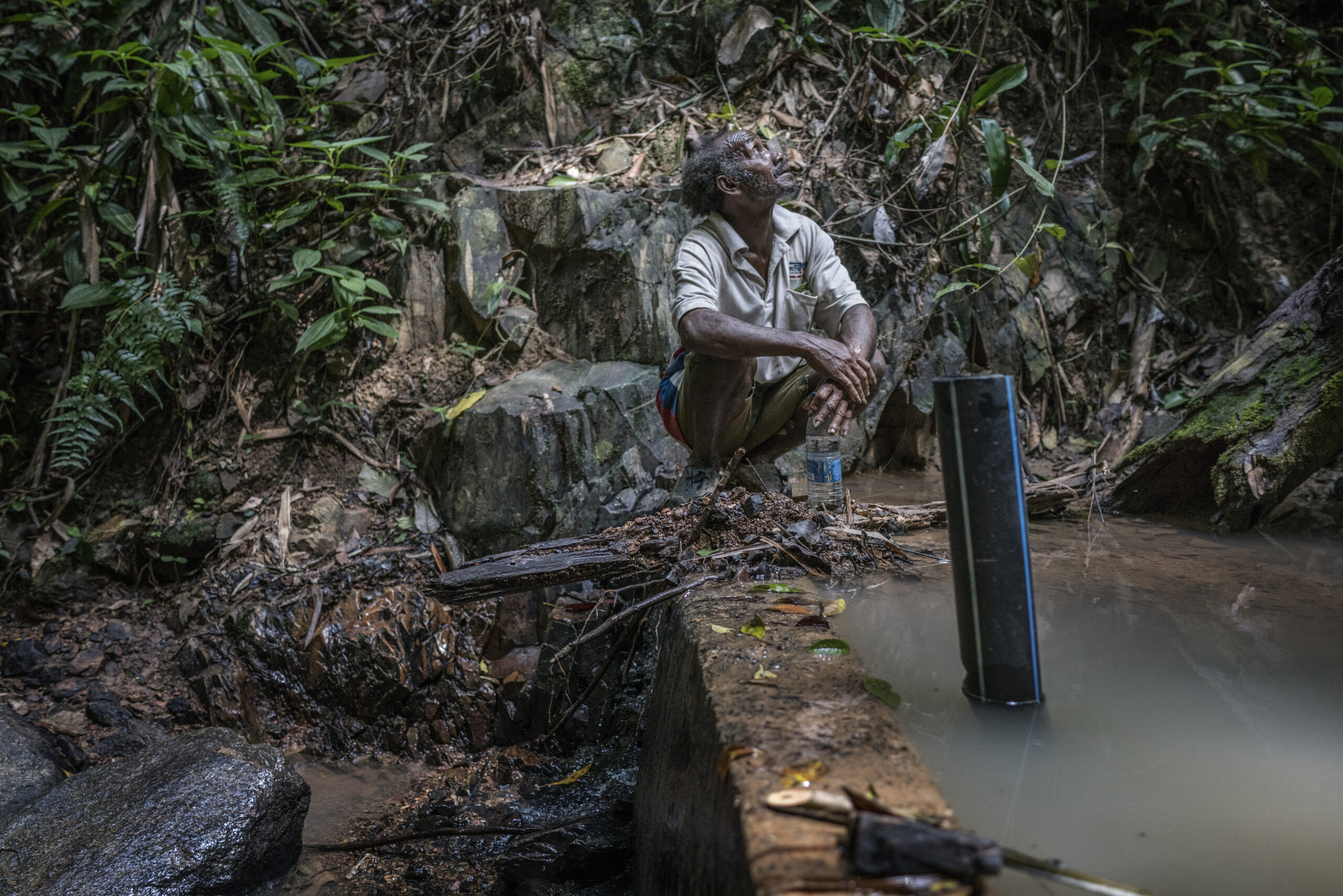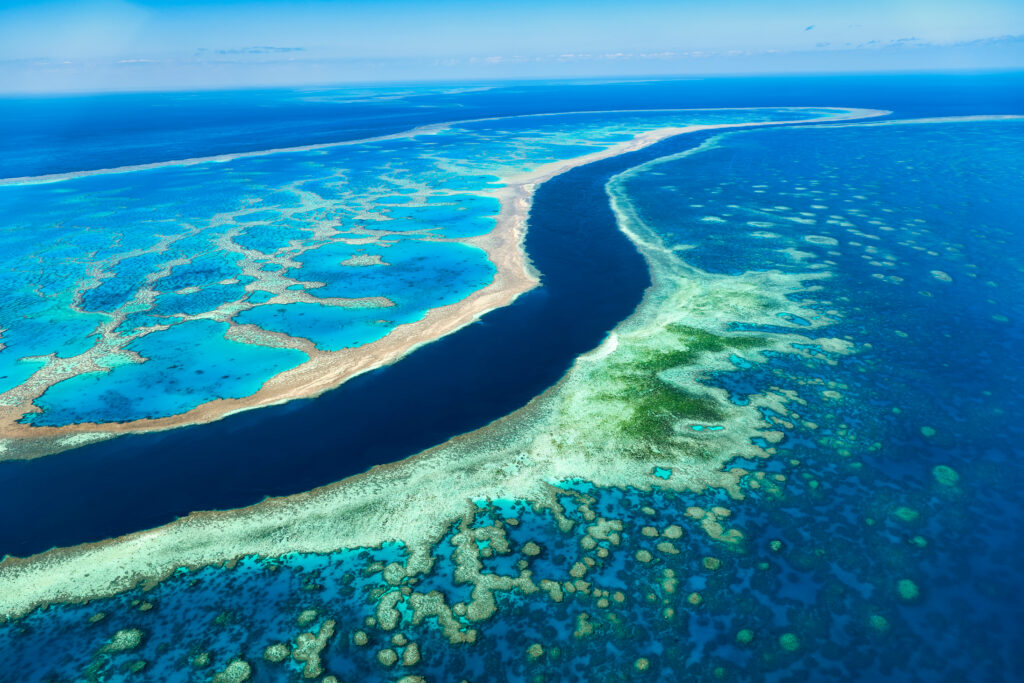Debt relief is a critical topic in discussions about our global efforts to tackle climate change. For many low- and middle-income nations, the debt, climate and biodiversity crises are closely linked. Many are on the front line of devastating climate change-related disasters, such as typhoons, floods and droughts. However, they are burdened by substantial debt and lack the resources needed to rebuild and recover after these catastrophic events.
Why Countries Borrow Money?
When disasters strike, a lack of funds can force nations to borrow money to pay for recovery and rebuilding efforts, adding to their total debt and perpetuating the vicious cycle. Growing debt repayments, often to creditors in the Global North, also mean there is little money left to fund measures that would prevent climate-driven damage and cut emissions.
“Many of the countries most threatened by rising temperatures have huge debt burdens, and are forever paying interest to wealthier nations that have contributed much more to the climate crisis,” said Laura Kelly from the International Institute for Environment and Development (IIED). “Money that could help restore damaged ecosystems and protect vulnerable communities from floods or drought is instead flowing to banks and polluters in the rich world.”
A Costly Crisis
Over the past three decades, Asia has suffered at least USD 2 trillion in economic losses due to extreme weather events, alongside untold human suffering. For example, the costs of Pakistan’s devastating floods in 2022 were enormous, estimated to reach up to USD 40 billion. Flood waters inundated one-third of the country, claimed the lives of 1,730 people, displaced 33 million people and damaged vital infrastructure including schools, roads, healthcare facilities, agricultural land and 2 million homes. Yet, the country received just a fraction of the total damages in international relief, while paying tens of billions in debt repayments.
This is just one of the countless climate-exacerbated disasters that fall on the shoulders of those who have contributed the least to the problem, and have the least resources to recover. Economics lecturer Wajid Islam said: “Pakistan and other developing countries are unwilling importers of climate damages from the top exporters of the climate crisis — the developed countries.”
How Debt Is Dampening Climate Action
Financial provision for vulnerable nations to address and adapt to the climate crisis has been high on the discussion table at consecutive UN conferences. At the 2024 COP29 Climate Summit in Baku, wealthier nations committed to mobilising USD 300 billion for climate action annually by 2035. Then, at the 2025 COP16 biodiversity talks in Rome, a target of at least USD 200 billion per year by 2030 was agreed upon for nature.
While such funding to help the world mitigate and adapt to climate change is vital, vastly more of the funds countries receive to address climate change come in the form of loans rather than grants, meaning climate finance can exacerbate some nations’ debt crises. “Most climate finance is provided as loans that only push governments further into debt, which means they have less money available to spend on things like health care and education for their citizens,” Sejal Patel, an environmental economist at IIED, said. “Climate finance is a mess that the richest countries — all big polluters — need to clean up as soon as possible.”
Profiting From Poverty
Making matters worse, countries in the Global South often borrow at interest rates two to four times higher than those in wealthier nations. An IIED analysis from 2023 found that private investors in wealthy nations were profiting from nearly USD 200 billion from sovereign debt issued by just 28 developing countries, many of which are highly vulnerable to climate change. Furthermore, the research organisation also uncovered that the world’s poorest and most climate-vulnerable countries are spending more than twice as much to service their debts as they receive to fight the climate crisis.
Tom Mitchell, executive director of IIED, said: “People are already losing their lives and livelihoods to increased flooding, wildfires and heatwaves. We know worse is to come and the most vulnerable nations need the fiscal space to be able to prepare.”
Debt For Climate and Nature Swaps
Ensuring that climate action and adaptation finance are sufficient and reach where they are most needed and can work most effectively is crucial. “The current way of lending just doesn’t work for people or the planet. Our broken financial system must move on from colonialist, 20th-century thinking if it’s going to serve everyone fairly,” said Kelly.
Kelly also argues that we are entering a “post-aid world,” where traditional international aid and assistance budgets are being slashed, despite the ever-increasing costs and damages of the climate crisis and disasters. In this new environment, innovative financing instruments such as debt for climate and nature swaps can break this cycle by converting a portion of sovereign debt into investments in climate resilience, ecosystem restoration and biodiversity protection. This makes them an important but underutilised tool that can address three fundamental issues facing many nations: crippling debt, climate change impacts and biodiversity loss.
What Are Debt for Climate and Nature Swaps?
These debt swaps are designed so that if a country and its creditors agree to a swap, a portion of that nation’s debt can be written off in exchange for achieving specific, measurable and traceable outcomes in climate or nature projects. So far, such swaps have been deployed in Cabo Verde, Ecuador, Gabon, Belize and more.
IIED analysis has found that more than USD 100 billion of debt could be freed up to spend on restoring nature and adapting to climate change in low-income countries. This funding is urgently needed, as communities confront increasingly severe impacts and disasters.
“No country should have to choose between poverty reduction and environmental conservation,” said Jean-Marc Fenet, minister counsellor for economic affairs at the Embassy of France in China. “Raising awareness of these innovative sovereign debt solutions like debt for nature swap instruments is critical.”
Advancing Global Debt Relief and Climate Action Together
Climate finance and debt relief have been treated as separate issues for far too long. The 4th International Conference on Financing for Development (FfD4), which concluded on 3rd July in Seville, Spain, presented an important opportunity to ensure that climate- and debt-impacted nations receive the resources they need to overcome the crises they face. The Sevilla Commitment, adopted by consensus at the conference, included the endorsement of debt payment suspension clauses for climate-vulnerable nations and greater support for debt-for-nature and debt-for-climate swaps. While the initiative aims to tackle the “silent but urgent” debt crisis faced by many nations, civil society groups criticised the outcomes as missed opportunity to deliver meaningful reform of a global debt system that is crippling many developing nations.
Evelyn Smail
Writer, United Kingdom
Evelyn is a freelance writer and journalist specialising in climate science and policy, the just energy transition and the human impacts of climate change. She writes for independent publications, NGOs and environmental organisations. Evelyn has a background in sustainable development, climate justice and human rights.
Evelyn is a freelance writer and journalist specialising in climate science and policy, the just energy transition and the human impacts of climate change. She writes for independent publications, NGOs and environmental organisations. Evelyn has a background in sustainable development, climate justice and human rights.

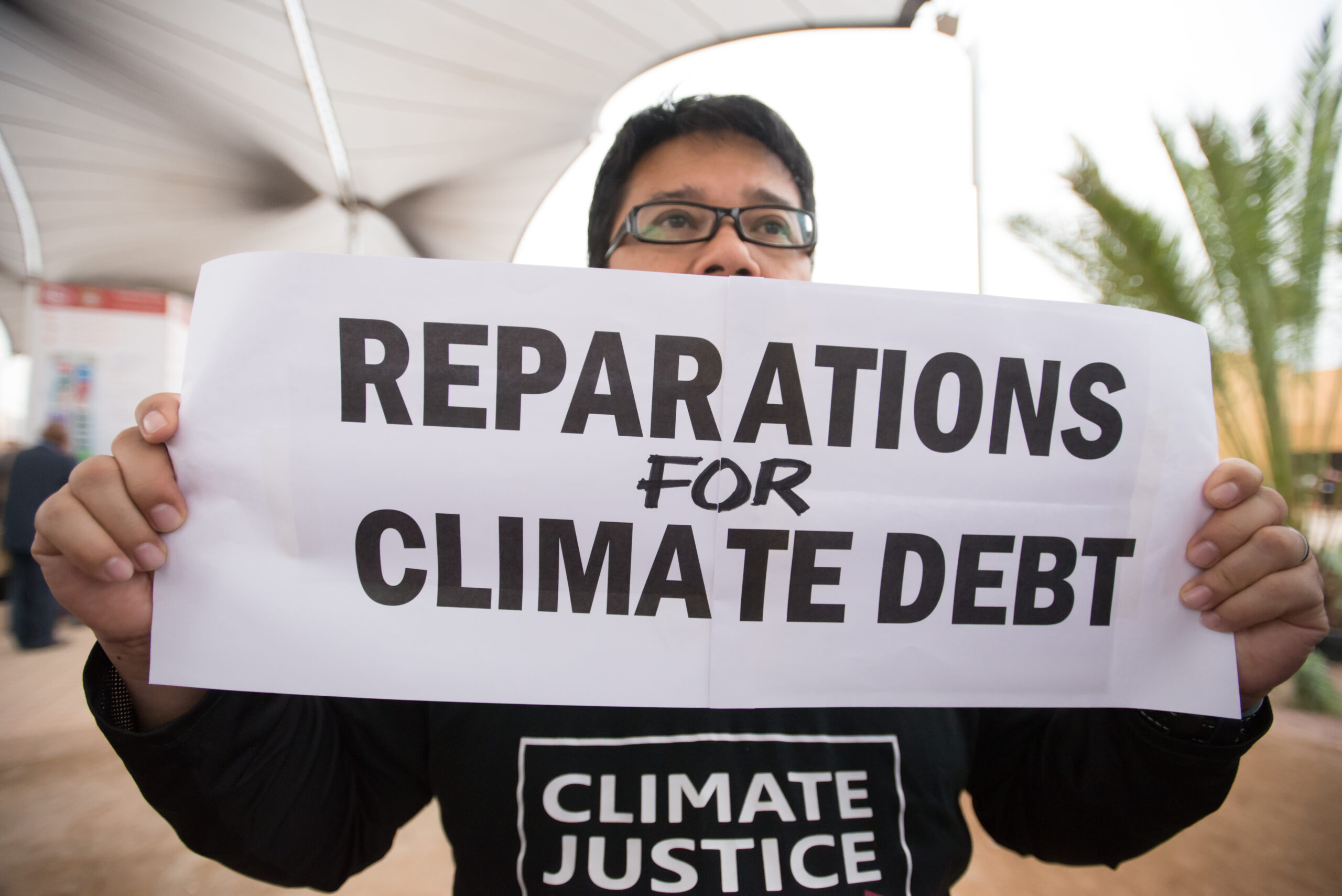
![Raja Ampat, A (Mis)fortune Beyond Beauty? [Op-Ed]](https://www.climateimpactstracker.com/wp-content/uploads/2025/07/shutterstock_2488631665-1024x575.jpg)
